The life and reign of Queen Elizabeth I
Learn about the life of England’s last Tudor Queen…
Meet one of the most powerful women in British and Tudor history in our Elizabeth I facts!
Elizabeth I facts
Who was Elizabeth I?
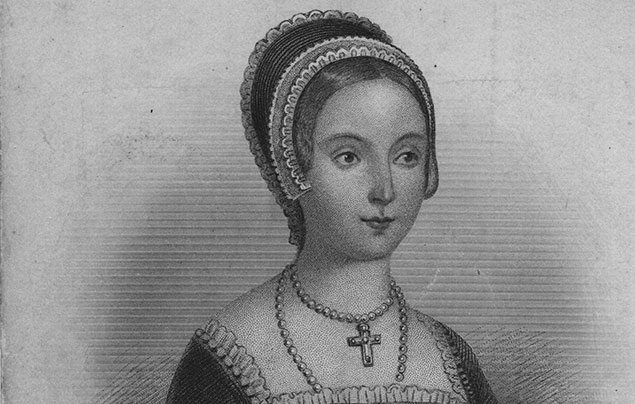
Elizabeth as a young Princess.
Elizabeth I was Queen of England and Ireland from 17th November 1558 to 24th March 1603. She’s regarded as one of the greatest monarchs of England.
Born 7th September 1533, Elizabeth was the daughter of Henry VIII and his second wife, Anne Boleyn. Henry already had a daughter, Mary – Elizabeth’s half-sister – with his first wife Catherine of Aragon.
Elizabeth had a pretty tough upbringing. When she was just two years old, her father had her mother beheaded – yikes! – and Elizabeth removed from the line of succession (her right to inherit the throne). She also had her title downgraded from ‘Princess’ to ‘Lady’. Aww, poor little thing…
Following her mother’s execution, Elizabeth was neglected by her father. Why? Henry was desperate for a male heir to succeed him.
Did you know that we have a FREE downloadable Queen Elizabeth I primary resource? Great for teachers, homeschoolers and parents alike!
It wasn’t until Henry married his sixth wife, Catherine Parr, that Elizabeth was welcomed back into the family. Catherine felt it was important for father and daughter to be reunited, and insured that Elizabeth received a good education, including learning the art of public speaking – a skill that would prove very useful to her in future!
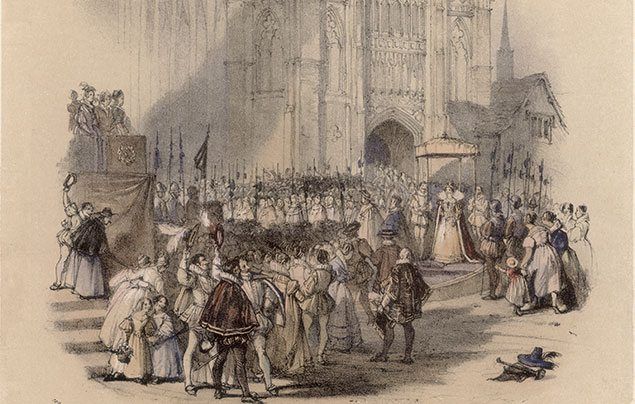
Elizabeth’s coronation procession outside Westminster Abbey in 1559.
It would still be many years, however, until Elizabeth would sit on the throne. When Henry VIII died, he left his nine-year-old son, King Edward VI, to rule England – quite a big job for a little boy! But after Edward’s untimely death, Henry’s eldest daughter, Mary I, reigned until she died in 1558.
Finally, it was Elizabeth’s turn. The third of Henry’s children to inherit the throne, she was to reign for much longer than her half-brother and half-sister.
Her coronation on 15th January 1559 was an impressive, expensive celebration. Elizabeth gladly received flowers and congratulations from ordinary people in the street – just like our queen does today. A carpet was laid down for Elizabeth to walk on to Westminster Abbey, and people cut out pieces as mementos of the day.
What was Elizabeth I like?

Elizabeth I in her coronation robes.
Elizabeth proved to be a very different ruler to her older half-sister, Mary, who had dealt out harsh punishments to those who disagreed with her attempts to restore England to Catholicism (the Roman Catholic faith) – earning her the nickname ‘Bloody Mary’.
During Elizabeth’s reign, she sought to return the country from Catholicism to Protestantism (another form of the Christian religion), like her father had done before her. But thankfully, Elizabeth proved to be a more tolerant ruler than Mary and tried to make England a fairer place for everyone.
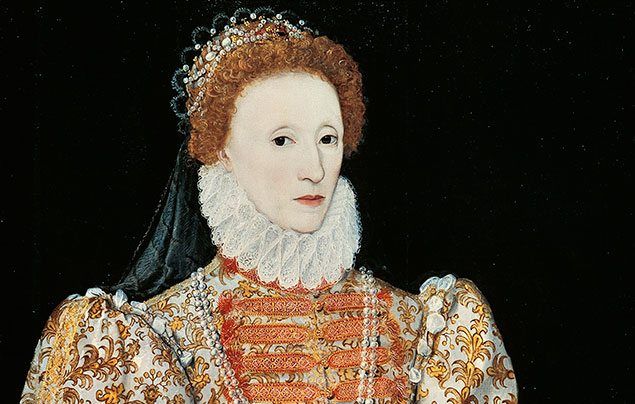 Elizabeth I was always seen dressed in fabulous outfits that reflected her wealth and status.
Elizabeth I was always seen dressed in fabulous outfits that reflected her wealth and status.
Elizabeth was a very clever, quick-witted ruler and is famed for her great skills of persuasion. She rarely failed to get her own way, and surrounded herself with carefully-chosen ministers who would help her rule. But Elizabeth also had a reputation for leaving important decisions to the very last minute – much to the annoyance of her ministers!
Many people in the 16th century believed that a woman wasn’t fit to rule, but Elizabeth was quick to prove them wrong! She could be as cunning and ruthless a leader as any king who came before her, and she was a strong, formidable leader. Elizabeth did, however, have a weakness for flattery and she could be extremely vain – every portrait was carefully inspected to make sure she looked her absolute best!
Why did Elizabeth I never marry?
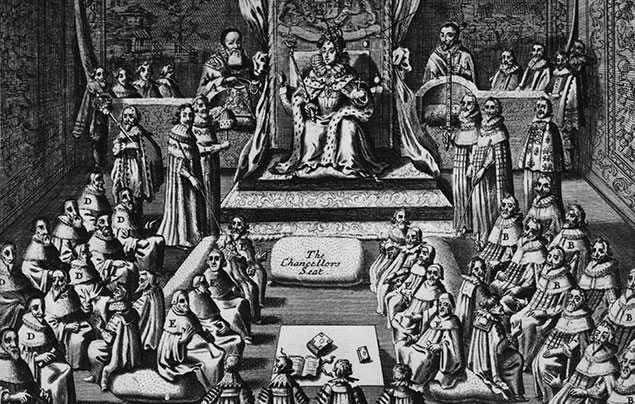
Elizabeth I sits on her throne in Parliament.
Over the years of Elizabeth’s rule, she was often encouraged to marry. Her advisors thought she needed a husband to support her and an heir to succeed her.
In 1566, Parliament even tried to force Elizabeth’s hand by refusing to give her any more money until she married. Elizabeth refused to back down, saying, “I am already bound unto a husband which is the Kingdom of England”. The issue was never raised again!
The Queen felt strongly about her reasons not to marry. If she married a foreign prince to create a link with another European country, it may have benefitted the other country more than England and made her less powerful. If she married an Englishman, it may have caused conflict between her ministers and advisors.
Despite her feelings, she was not short of offers! Many men proposed but Elizabeth always kept them waiting. This meant she could get the support she needed from them and keep them loyal, too!
Elizabeth I and Mary, Queen of Scots
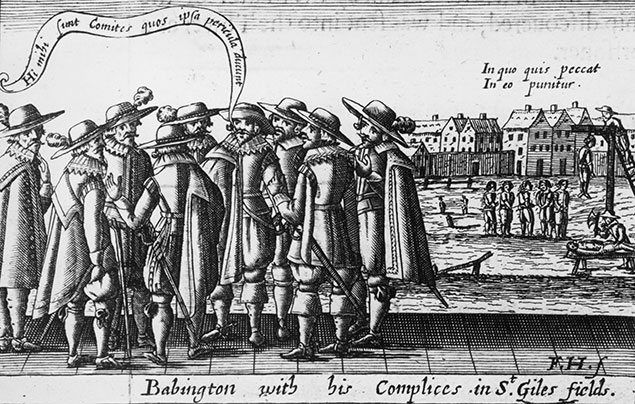
The ‘Babington Plot’ sought to overthrow Queen Elizabeth and place Mary, Queen of Scots on the throne.
Mary and Elizabeth, first cousins and Queens of their respective countries, had a rocky relationship that dominated English-Scottish politics for 20 years.
Mary was the granddaughter of Margaret, the older sister of Henry VIII. She was the Queen of Scotland from 1543 until 1567, when she became very unpopular and was forced to abdicate (give up the throne). The next year she came to England, hoping to be welcomed by Elizabeth. But instead, she received a rather frosty reception, to say the least…
Mary was a Catholic, and many Catholics thought she should be Queen of England. Elizabeth, aware that she could be a threat to her throne, kept Mary prisoner for 19 years.
Many advisors encouraged Elizabeth to execute Mary, Queen of Scots, to prevent any uprisings and rebellions from people who wanted Mary on the English throne. Elizabeth refused for many years. Not only was Mary family but she was a fellow queen, and the last thing Elizabeth wanted was to encourage the execution of monarchs!
However, things changed when Francis Walsingham – one of Elizabeth’s most important ministers – uncovered a plot to overthrow Elizabeth in 1686. Walsingham’s spies discovered that Mary was sending messages to Catholic plotters. Using some clever tactics, they intercepted one of the letters and faked Mary’s handwriting at the end of it, asking for the identities of the plotters. Sneaky!
Elizabeth could no longer put off Mary’s execution. She was found guilty of treason and beheaded in 1587.
The Spanish Armada
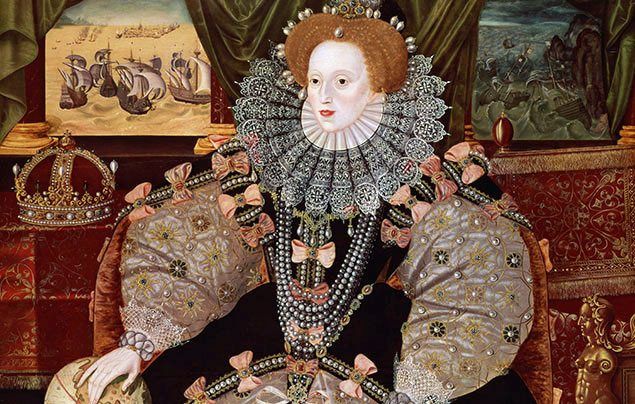
The Armada Portrait, which Elizabeth I had painted after her victory over the Spanish. The wrecked Spanish fleet can be seen in the window behind her.
Mary’s execution angered Catholics in Europe. The Pope encouraged King Philip II of Spain to invade England, remove Elizabeth and make the country Catholic again.
In 1588, Philip sent a fleet of 130 ships, known as the Spanish Armada, to England. The English fleet met the Armada in the English Channel, and sent burning ships into the midst of the Spanish ships, forcing them to split up and scatter. The Spanish retreated, intending to sail around the British Isles and back to Spain. But a terrible storm wrecked many of the ships off Scotland and Ireland – a storm that King Philip II would later refer to as the ‘Protestant wind‘.
This was a great triumph for Elizabeth – she even commissioned a portrait of her celebrating the victory (above). The English believed that this showed that God approved of the Queen. However, the war against Spain was far from over, and would last for another 19 years.
Golden Age
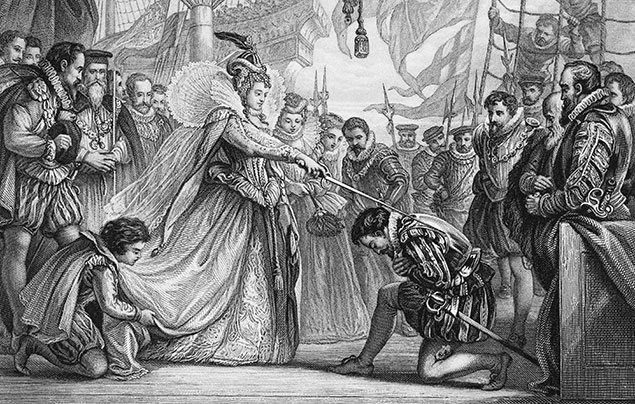
Elizabeth I knights the explorer Sir Francis Drake.
Elizabeth’s reign is looked back on as a ‘Golden Age‘ in British history. It was a time of great exploration by men such as Sir Francis Drake and Sir Walter Raleigh, who discovered new lands and set up new colonies overseas. Poetry, music and literature flourished, and London opened its first theatres. Playwrights such as William Shakespeare were hugely popular, especially with the Queen, who attended the first performance of Shakespeare’s ‘A Midsummer Night’s Dream’.
In 1601, near the end of her reign, Elizabeth gave what is known as the ‘Golden Speech‘ to her politicians. In it she expressed her love for her country and subjects, and said, “There is no jewel, be it of never so high a price, which I set before this jewel; I mean your love.”
Who succeeded Elizabeth I?
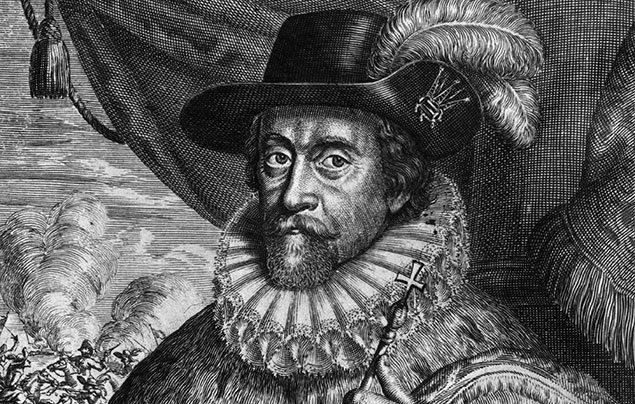
King James VI of Scotland.
By the early 1600s, Elizabeth’s health had been failing for some time. Frail and melancholy over the deaths of many of her close friends and advisors, she would stand for hours, refusing to rest. She was balding, had bad breath due to her rotting teeth – eww! – and spent a lot of her time expressing regret over decisions she’d made during her reign – especially the execution of Mary, Queen of Scots.
On 24th March 1603 Elizabeth I died, having reigned for 44 years as a very popular queen. As she had no children, and therefore no direct heir to the throne, she was the last Tudor monarch. Following her death, Mary, Queen of Scots’ son – James VI of Scotland – was named King James I of England.
The cause of her death was never determined. But whilst no theory has been proven, many people think Elizabeth may have had blood poisoning from the make-up she wore. Make-up in the Tudor era was full of toxic ingredients such as lead – and Elizabeth famously wore a lot of it!
What is Elizabeth I remembered for?

Elizabeth is often remembered as a powerful and clever monarch, known for her sumptuous costumes, sparkling jewellery, beautiful appearance and magnificent portraits. She reigned England at a time when religious opinion was divided, yet, for the most part, she managed to maintain peace and prosperity, and reign over a ‘Golden Age’.
She’s also remembered for being a different kind of queen. She was only the second queen in English history to rule in her own right (the first was her half-sister, Mary) – during a time when people believed that women weren’t able to rule as well as men. But Elizabeth didn’t let that stop her! She was clever and cunning and proved that women can be just as powerful as men!
Her refusal to marry lead to her being remembered as the ‘Virgin Queen.’ She knew that marriage would mean sharing power with her husband, and even becoming the less powerful of the two. There were rumours of Elizabeth having relationships with men at court, but none were ever proven true – making her even more of a mystery!
Lastly, she is arguably the most famous child of Henry VIII. Desperate for a male heir, Henry disowned Elizabeth as a child and beheaded her mother – and in the process, hugely underestimated his daughter’s potential to become one of the most influential queens in British history.
What do you think of our Elizabeth I facts? Let us know by leaving a comment, below!
More Like Monarchy

Queen Victoria’s children
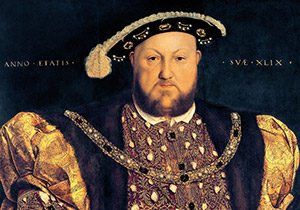
The life and reign of King Henry VIII
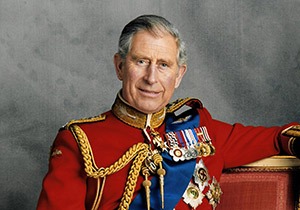
10 fun facts about King Charles III












LEAVE A COMMENT
THANK YOU
Your comment will be checked and approved shortly.
WELL DONE,
YOUR COMMENT
HAS BEEN ADDED!
COMMENTS
This text about queen Elizabeth was amazing now I know a lot more facts.
wow!
cool
wow
helpfull
Hi
ok
HiyaaaAaaaaaaaa
HI
Cool stuff :)
Nice!
hi
I like your facts about Elizabeth the first.
coool
[…] today’s History lesson I have made a quiz on kahoot! You need to read this page all about Queen Elizabeth’s life, and then answer the quiz questions on kahoot! using this […]
[…] today’s History lesson I have made a quiz on kahoot! You need to read this page all about Queen Elizabeth’s life, and then answer the quiz questions on kahoot! using this […]
awesome
ok
lol so good
Thanks
CUSTOMIZE YOUR AVATAR